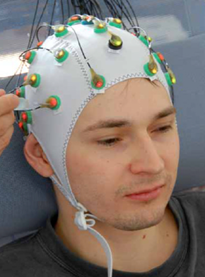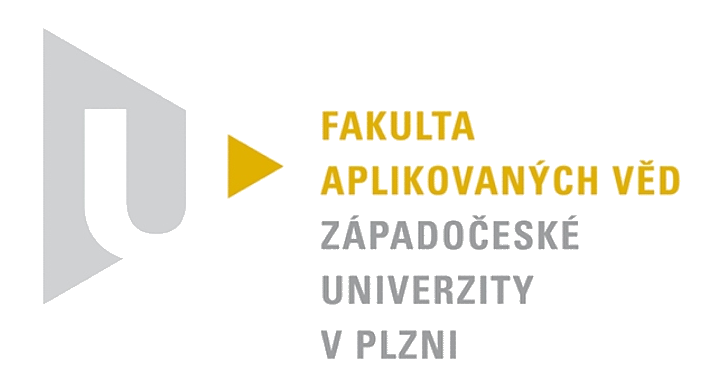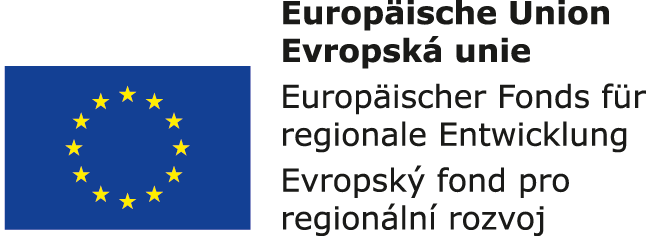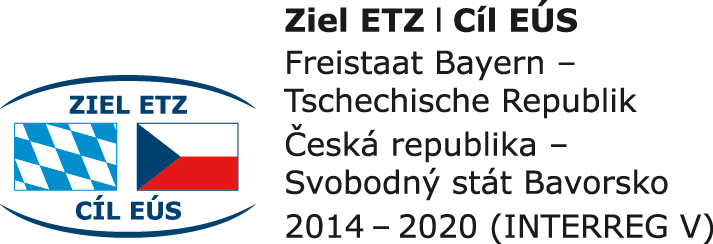Driver's attention
A large number of accidents are caused by driver fatigue. In research cooperation with Czech Technical University in Prague we have developed a system based on analysis of EEG/ERP (electroencephalograph/event-related potential) signals which can evaluate a driver’s degree of attention. The aim of the research is to identify the characteristic features of a driver’s behavior in different traffic situations and use the resulting data and findings for further research, which would ultimately be able to prevent a significant number of traffic accidents.TASK
In partnership with Czech Technical University in Prague we are working on a system which will detect the degree of driver attention in a variety of stressful traffic situations. It will help prevent a significant number of traffic accidents.Many automotive manufacturers and academic institutions around the world are engaged in the task of driver attention control. The aim is to create a device that detects in time e.g. increased fatigue and provides this information to other systems. The driver is then alerted, e.g. the radio is amplified, a warning signal sounds, etc.
Our task is to reliably determine the degree of attention by measuring the brain signal. Our group is developing and applying methods for determining the degree of attention using event related potentials. This are signals which are given when the brain reacts to an external stimulus. We tested a wide range of visual and audio stimuli (e.g. LEDs flashing at various frequencies, various tones in headphones) in order to determine the degree of driver attention.
We conduct our research in our own laboratory equipped with a driving simulator and extensive infrastructure for electrophysiological research.
METHOD, RESEARCH AND IMPLEMENTATION
The method consists in analyzing the driver’s event related potential brain waves in a normal EEG signal. Varying values of amplitude and latency determine the degree of attention.The core of the method is the use of event related potentials. While driving, the driver is stimulated by e.g. a short acoustic signal; brain response to this signal is measured by electrodes placed on the head of the driver.
Experiments run on our own automobile simulator. Stimulation protocol is implemented either in a professional device from Neurobehavioral Systems, or we use our own hardware.
The measured data is preprocessed by digital filtering and the obtained indicators are statistically processed.
We follow the change of amplitude and prolongation of latency of the cognitive event related potentials. These changes in comparison with the normal values detect, and thus determine the degree of attention of the driver.
Implementation
We read and analysed the data in EEGLAB for MATLAB® from MathWorks, Inc. and also BrainVision Analyzer 2 from Brain Products GmbH. Statistical evaluation was done using MATLAB® software.CHALLENGE
The main challenge is to determine the change of the attention of the driver before it is detectable in the external behavior of the driver.Why is this a difficult task? First we must select the right stimulus which will enable us to measure the actual level of attention and determine the moment when that attention falls to dangerous levels. We tested a range of audio and visual stimuli and selected those which induce cognitive event related potentials in a given situation.
We built and connected a driving simulator which is completely integrated into the entire infrastructure for obtaining a record of electrophysiological experiments.
Throughout the simulated drive we were able to stimulate the driver and synchronously record his brain response.
The data we obtained were cleaned by digital filtering, processed into a suitable form and we determined the resulting latency and amplitude of the event related potentials for different driver groups (tired driver, driver distracted by passenger, etc.) and different traffic situations. We have shown that the amplitude and latency of cognitive event related potentials for these groups of drivers is different.
 |
 |
ABOUT US
The Neuroinformatics Group specializes in performing experiments and subsequent processing and evaluation of the experimental data in the field of biosignals, especially EEG / ERP signals. We have been active in this area since 2008.We are a team of nearly 20 personnel with experience in neuroinformatics, development of experimental software and hardware, signal processing and medical data.
We act as coordinator of the Czech National Node for Neuroinformatics. We participate in the strategic activities of the INCF (International Neuroinformatics Coordinating Facility).
We cooperate with a number of universities, the Czech National eHealth Centre, Czech Technical University in Prague, the Faculty of Medicine of Charles University in Pilsen, the Faculty Hospital in Pilsen and the firm Alien technik s.r.o.
Our laboratory is equipped with professional scanning equipment for EEG, ERP and other biosignals, including recording and analysis software and a driving simulator. We have an acoustic and electrically shielded chamber. We operate our own web portal for storing and working with biosignals, registered in the Neuroscience Information Framework.
We are ready for research cooperation in the field of neuroinformatics.
COOPERATION MODELS
We offer cooperation in research in the fields of neuroinformatics, applied research and the development of innovative products in the following models or their combination:- Joint participation in projects.
- Contract research for businesses developing products, treatments or new diagnostic methods.
- Cooperative research in the development of infrastructure and methods for processing EEG/ERP.
We are looking forward for further cooperation.
CONTACT
More info at:http://neuroinformatics.ntis.zcu.cz
Technology Transfer Centre
Mrs. Petra Krupková
Phone: +420/ 377 631 086
E-mail: transfer@rek.zcu.cz
Research Group
Mr. Roman Mouček
Phone: +420/ 377 632 465
E-mail: neuro@ntis.zcu.cz







